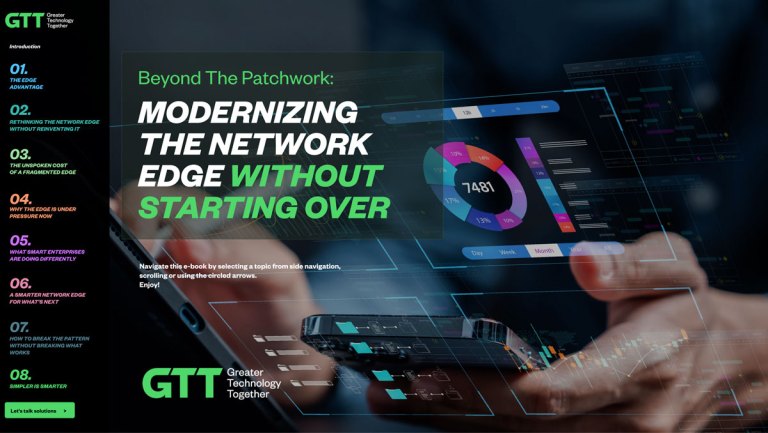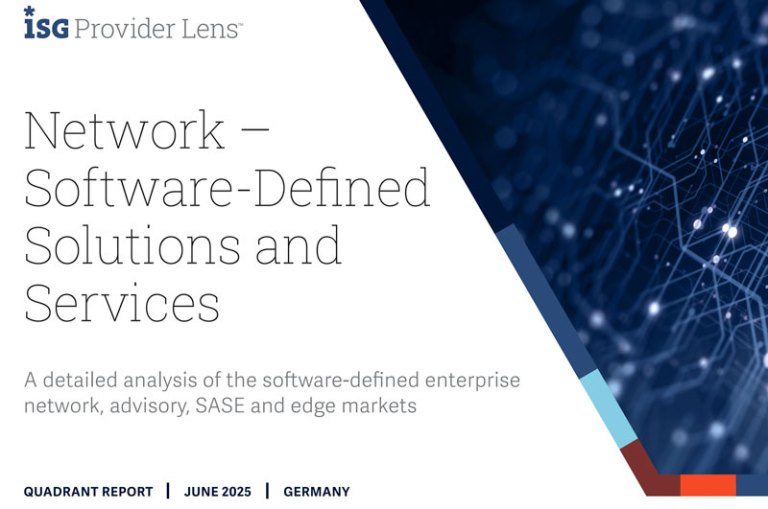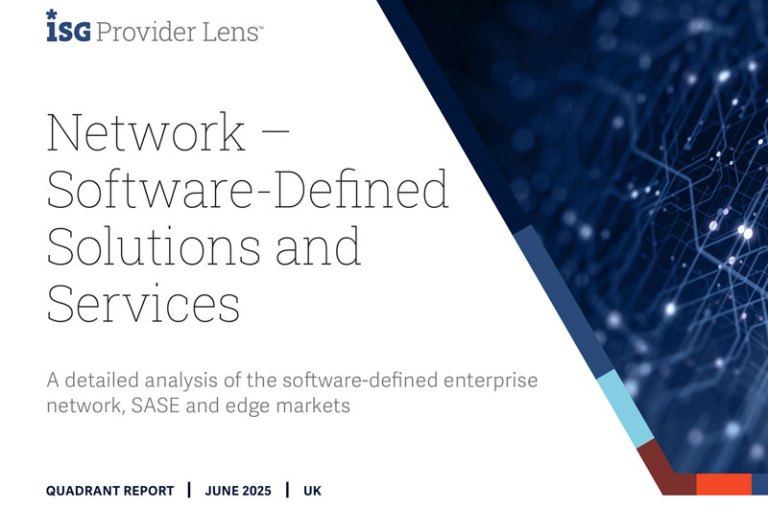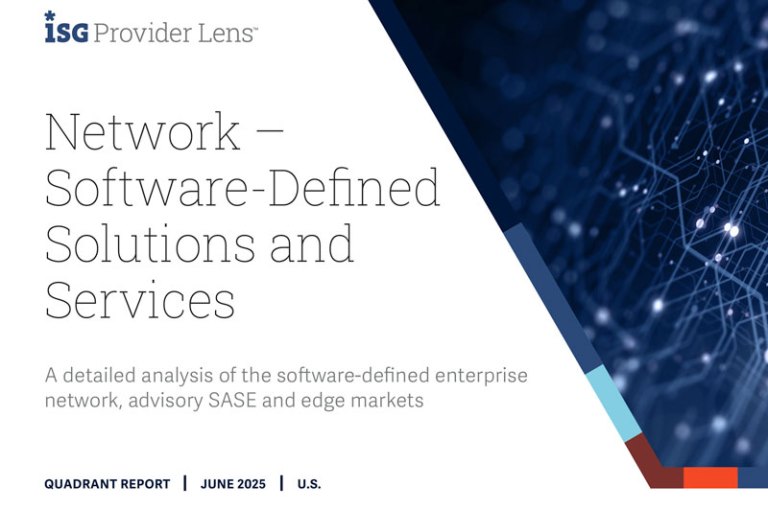Until very recently "moving to the public cloud" was the answer to everything, but enterprises are increasingly being forced to rethink their cloud strategy. Multicloud and hybrid cloud are now the norm among enterprises going through business transformation. How we move data among private and public cloud environments as well as how we store, manage, secure and exchange data have become mission-critical with regulatory pressures. With AI workloads on the rise and the explosion of data, multicloud networking and data management strategy becomes even more critical.
GTT's latest research with Hanover shows that private cloud is growing nearly twice as fast as public cloud among enterprise-scale organizations. In fact, 40% of respondents said they are repatriating workloads to private cloud to regain control over cost, performance, compliance and, increasingly, the data itself.
But what's really driving this shift? And what does it mean for the network?
The Reality: Cloud Maturity Has Created Cloud Complexity
When public cloud adoption surged, many organizations overprovisioned and underestimated ongoing costs, assuming a lift-and-shift model would just work. But as environments evolved toward multi-cloud architectures, many realized the limits of a single-cloud mindset, the complexities that followed, and the need for rearchitecting and optimizing their digital infrastructure.
From unpredictable costs to data duplication, vendor lock-in, and skill gaps, organizations are finding that running workloads in the cloud and managing data across multiple cloud environments are two very different challenges.
Private Cloud Is Surging and It’s Not Just About Cost
GTT's report reveals a 24% year-over-year growth rate in private cloud spending at the $10M+ level. That's double the pace of public cloud growth. While cost predictability is a factor (many enterprises still prefer predictable costs with purchase orders over usage-based pricing), businesses are looking for more control over their data, performance, security, resiliency and compliance. This is reflected in the key drivers for private cloud adoption:

Why Network Modernization Must Underpin Cloud Repatriation
When workloads move, traffic patterns change. That means networking policies, connectivity frameworks and security overlays must evolve with them.
Our customers are no longer connecting just branch offices to a few SaaS apps. They're enabling potentially highly dynamic, distributed data and AI inference flows between edge, private cloud, hyperscalers, and users across geographies. For example, maintaining consistent security across locations becomes more difficult when traffic volumes become less predictable; the span and paths scale and change in real time.
Many cloud migration, optimization and repatriation projects could fail without network redesign. Customers may find themselves with the same blind spots and bottlenecks that led to the shift to the cloud in the first place. Applying the layered approach of a SASE framework that integrates on demand SD-WAN networking with comprehensive security, including identity-aware, cloud-native and cloud-delivered controls, is key to delivering a successful hybrid cloud transformation.
Managed Services Are Now Essential
Cloud isn't static. Hyperscalers often roll out new features, service models and other various changes. Keeping up requires full-time expertise, and many IT teams are stretched thinly enough as it is.
That's why 40% of enterprise respondents say they lack the technical skills to manage cloud environments effectively. Cloud was sold as an easy solution. But multi-cloud isn't self-service. It's a high-stakes, high-complexity environment.
GTT’s Role: Network-Native Cloud Strategy
GTT is the platform for secure on-demand cloud networking.
What makes GTT different isn't just our global Tier 1 IP backbone. It's the ability to unify networking, security, and cloud strategy under one roof:
- Cloud-agnostic reach: We connect to AWS, Azure, Google Cloud, private cloud, colocation and on-premises environments without lock-in
- Managed SD-WAN and SASE overlays: We help customers secure and optimize traffic across hybrid estates
- Edge-to-core data control: We reduce egress fees, ensure compliance and improve performance with 80% of our traffic staying entirely on-net
- Managed and Professional Services: Trusted advisory services to simplify the complexity of deploying a multi-cloud strategy
At GTT, we're not just moving packets. We're helping enterprises unlock performance and agility across all of their cloud environments.
Final Thoughts: Optimize for the Reality, Not the Hype
The cloud isn't going away, but it is getting more complex. And the answer to that complexity isn't doubling down on the same architecture. It's building a hybrid model that gives enterprises control over their data, cost, performance, and compliance while future-proofing their business.
If your cloud strategy is evolving, your network needs to evolve, too.
Download the full Cloud Usage and Management Trends report here to explore how leading enterprises are reshaping their infrastructure for the AI era.











